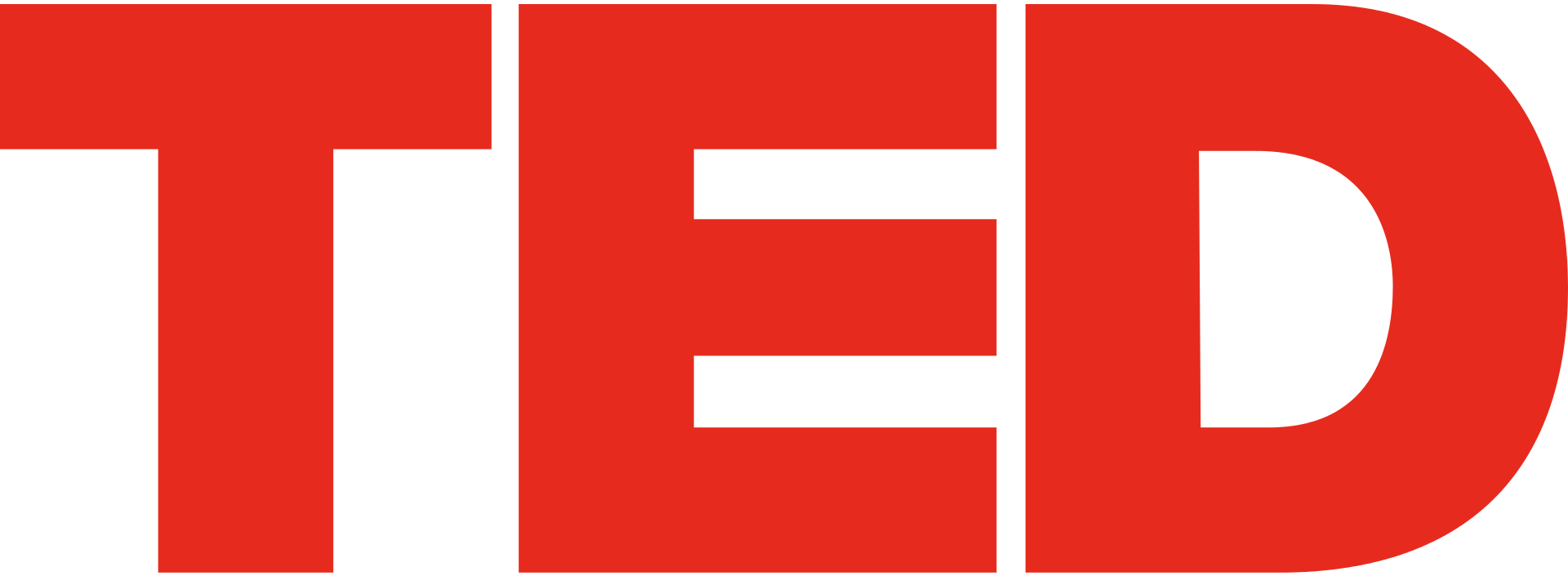Title of the work
Country of the First Edition
Country/countries of popularity
Original Language
First Edition Date
First Edition Details
How Taking a Bath Led to Archimedes’ Principle. Celeste Lai, Artist, Jeremiah Dickey, Animator, Mark Salata, Educator. TED-Ed Lessons Worth Sharing, Series Before and After Einstein; ed.ted.com, September 6, 2012, 3 min (accessed: August 21, 2018).
Running time
Official Website
ed.ted.com (accessed: May 21, 2018)
Available Onllne
youtube.com (accessed: August 21, 2018)
Genre
Animated films
Didactic fiction
Instructional and educational works
Internet videos
Short films
Cover

We are still trying to obtain permission for posting the original cover.
Author of the Entry:
Joanna Kłos, University of Warsaw, joanna.klos@student.uw.edu.pl
Peer-reviewer of the Entry:
Elżbieta Olechowska, University of Warsaw, elzbieta.olechowska@gmail.com
Susan Deacy, University of Roehampton, s.deacy@roehampton.ac.uk

Logo retrieved from Wikipedia, public domain (accessed: December 8, 2021).
TED (Company)
TED: Technology, Entertainment, Design (accessed: July 6, 2018) is a media organization focused on “ideas worth spreading”, which organizes conferences and creates online talks for free distribution. One of its initiatives is TED-Ed (ed.ted.com), an online platform hosting short interactive lessons. Each lesson consists of four sections:
– Watch – animated educational video (available also on YouTube);
– Think – a short quiz about the video’s content;
– Dig Deeper – a concise text on where to search for more information on the topic (providing mainly hyperlinks to educational websites rather than “traditional” bibliographical references);
– Discuss – a forum with two types of discussions: Guided (i.e. created by the educators), and Free (i.e. created by the viewers).
Prepared by Joanna Kłos, University of Warsaw, joanna.klos@student.uw.edu.pl

Jeremiah Dickey (Illustrator, Producer)

Celeste Lai (Artist)

Mark Salata
Mark Salata is a biologist with PhD in Science Education from University of Virginia. In 2000–2005 he was Assistant Professor at Gordon State College in Barnesville; he also worked as an education consultant. Currently, he is the CEO of Werkz Publishing /PageWerkz – an app-based digital learning platform which creates electronic educational content for publishers and companies.
Source:
LinkedIn profile (accessed: March 30, 2017).
Bio prepared by Joanna Kłos, University of Warsaw, joanna.klos@student.uw.edu.pl
Summary
In the series Before and After Einstein there is one lesson about ancient science.
The video is a retelling of Vitruvius’ account (De architectura 9.9–12) of how Archimedes came up with his principle (although the name of Vitruvius is not mentioned by the narrator). The character of Archimedes is introduced: born in 287 BCE in Syracuse on Sicily, he was a famous mathematician, physicist, engineer, inventor, and astronomer. King Hiero II asked him to verify whether the goldsmith who made his crown cheated him. The goldsmith had been given the exact amount of gold in order to make the crown, yet the king suspected that he could have used a part of silver instead. Archimedes could not destroy the crown in order to find out what happened. While taking a bath, Archimedes observed that the level of water went up in the tub when he entered it, as if he were pushing up the volume of water by an amount identical to the volume of his body. This led to his famous yell “Eureka!” and his naked run through the city to tell the king that he found a solution to his problem, which is explained as follows: because silver is less dense then gold, it was necessary to check the density of the crown, i.e. the mass/volume relation, in order to see whether it was made of pure gold. After his bath Archimedes already had the solution – he simply had to put the crown in water. As soon as Archimedes calculated the density of the crown, it turned out that the goldsmith was in fact a cheater. In the very end of the video the narrator says: “Next time you take a bath, you can see Archimedes’ principle in action, and maybe you’ll have a genius idea of your own.”
The section “Dig Deeper” contains a short list of hyperlinks leading to the educational materials and bibliography on Archimedes.
By March 30, 2017 the video has been viewed 511308 times; it gained 2692 “thumbs up” and 244 comments on You Tube.
Analysis
The video serves as a didactic tool using anecdotal data from ancient sources; it helps young people learn some fundamental laws of physics, and become familiar with the achievements of Greeks in the field of natural sciences.
Further Reading
PageWerkz website (accessed: March 30, 2017).


